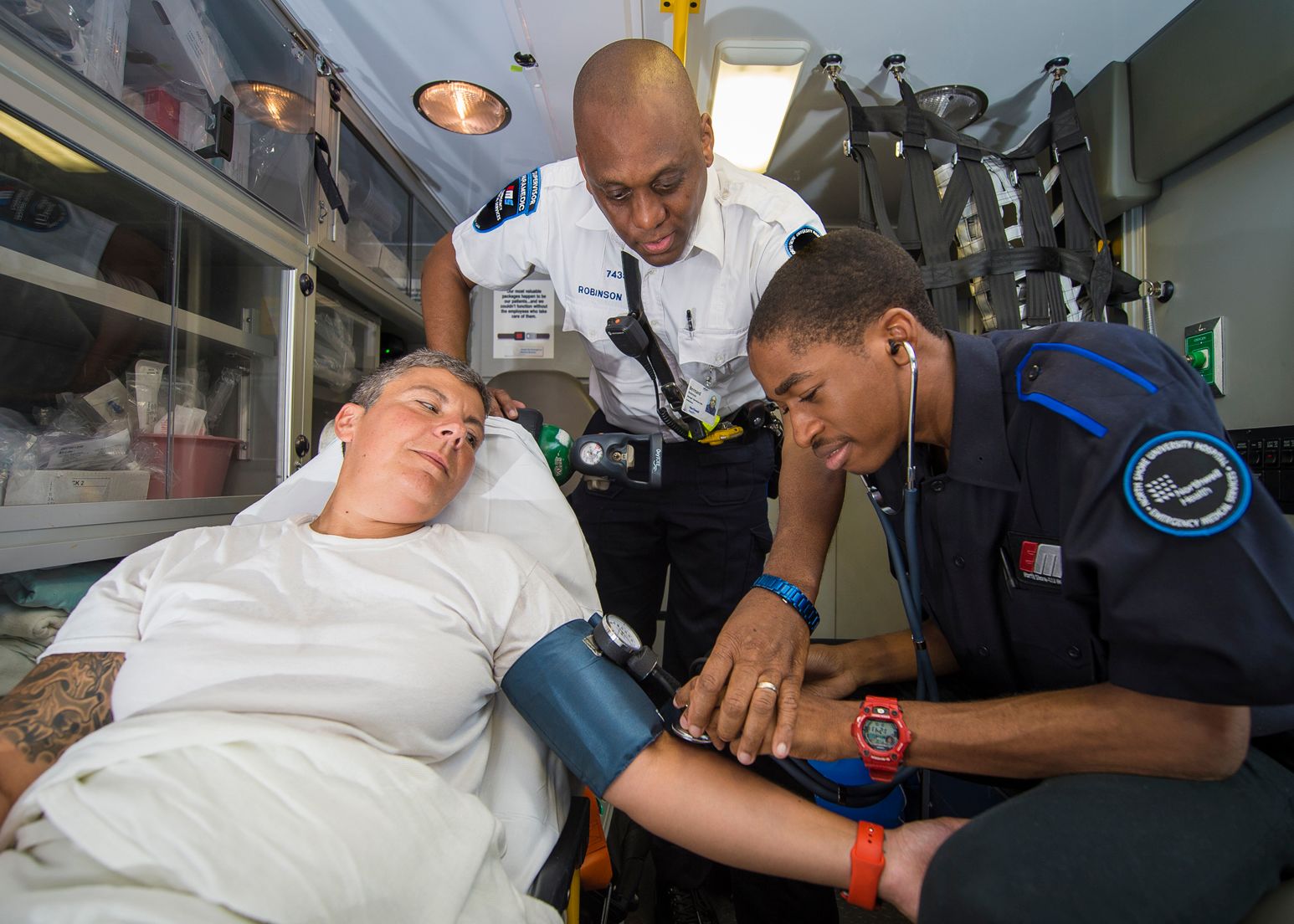The field of emergency medical services is an essential one and a career within it is rewarding. It’s about providing life-saving assistance. It’s a field that offers tremendous growth potential and an abundance of qualified professionals. In this article, we’ll guide you through the steps needed to become an EMT and paramedic. We’ll also look at the many training options available, including DSHS accredited EMS training course.
Understanding the importance of EMTs and Paramedics
Emergency Medical Technicians (EMTs) and paramedics, also known as first responders, provide immediate medical care in the event of an emergency. They are certified to evaluate and provide treatment to patients, and transfer them safely to medical facilities for more treatment. Paramedics and EMTs play an essential role in stabilizing patients in difficult circumstances, making quick decisions and offering compassionate aid during times of crisis. For more information, click Steps to become a Paramedic

Step 1: Become an EMT:
To become an EMT You must successfully complete the required education and training that can differ based on the certification level you aspire to achieve. Three levels of EMT Certification exist:
1. EMT Basic (EMT B) It is an entry-level certificate that needs between 100 and 150 hours of education. EMT-Bs undergo training in basic medical treatments, which includes CPR as well as bleeding management and basic airway control.
2. EMT Intermediate (EMT I): EMT I requires additional training that can vary by state. In certain areas EMT-I is integrated with EMT-B, while in others, it takes between 200 to 400 hours of training. It also includes an increase in medical knowledge as well as intravenous therapy.
3. EMT Paramedic (EMT P) EMT-P is considered to be the highest level of certification available to EMTs. The training required to achieve this certification typically lasts from 1,000 to 1,800 hours. Paramedics are able to perform a variety of advanced medical procedures including administering medication in the form of EKGs, interpreting them and advanced airway management.
Step 2: Requiring Paramedic Certification:
To become a paramedic, you have to pass the EMTB and EMTI levels and then gain some practical experience. You’ll then be able to take paramedic courses, which generally takes one to two year to complete. In this intensive course, you’ll be immersed in more advanced medical issues and gain the skills and expertise needed to deal with critical situations on your own.
Step 3: Investigating EMT Optional Training:
You’re able to choose among a number of options in the field of EMT certification, depending upon the level you’d like to reach. EMT training is generally offered by community colleges as well as medical trades schools for all levels of certification. The programs are a combination of classroom instruction with hands-on experience in clinical and field settings.
Universities and colleges offer EMT programs at the EMT/Paramedic level If you’re looking for an in-depth, thorough EMT course that will lead to an education at the college level. These programs provide you with greater knowledge of emergency services, and more insight into medical decision-making.
Step 4: Make sure you have DSHS approved EMS training:
For students who are interested in becoming EMTs and paramedics it’s crucial to make sure the training program you choose to take is DSHS approved. The Department of State Health Services, or DSHS has the authority to approve EMS Training Courses in order to guarantee the highest standards of training. Participating in a DSHS approved EMS course will guarantee that you receive the best training and meet the certification requirements.
Paramedics and EMTs have highly regarded careers. As first emergency responders, EMTs and paramedics play important roles in saving lives and providing emergency medical assistance in situations. If you’re aspiring EMTs or paramedics, to get started on this life-saving adventure, they must complete all the necessary training and education programs. Individuals can select from a number of EMT programs, based upon their preferred certification level. They include community colleges, medical schools as well as university-level courses.
When considering possibilities of training, it’s important to confirm that the selected EMS training course is DSHS certified by DSHS. If you do this you can ensure that you’re receiving a high-quality education that meets the necessary standards for EMT and paramedic certification.
The need for emergency medical specialists is growing. Entering the field of EMS will provide you with a wide range of jobs, as well as the possibility of having the ability to make a difference in others’ lives. If you’re an EMT Basic or are looking to become a paramedic, your commitment to the field of critical health will result in an enjoyable and fulfilling career in emergency services.